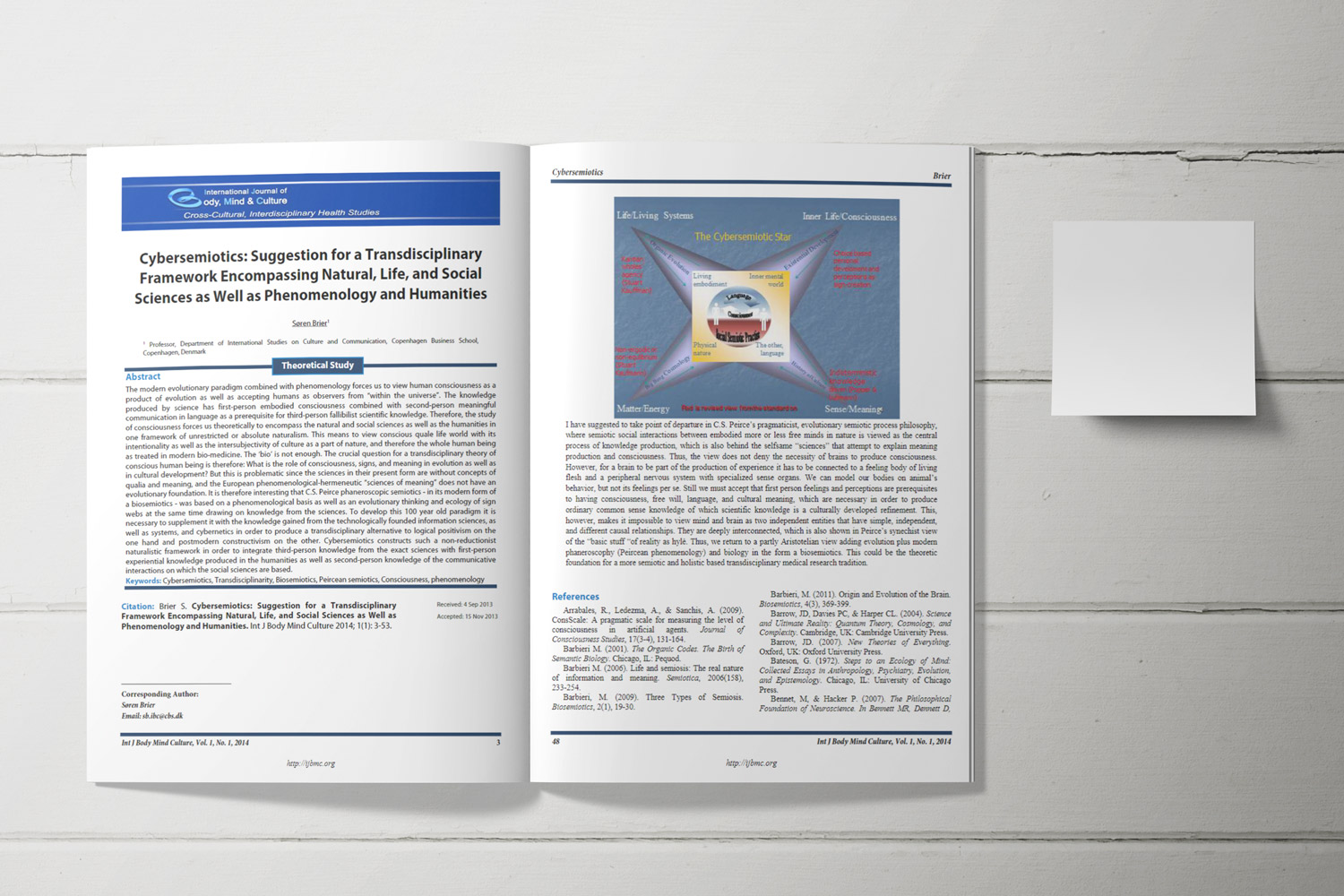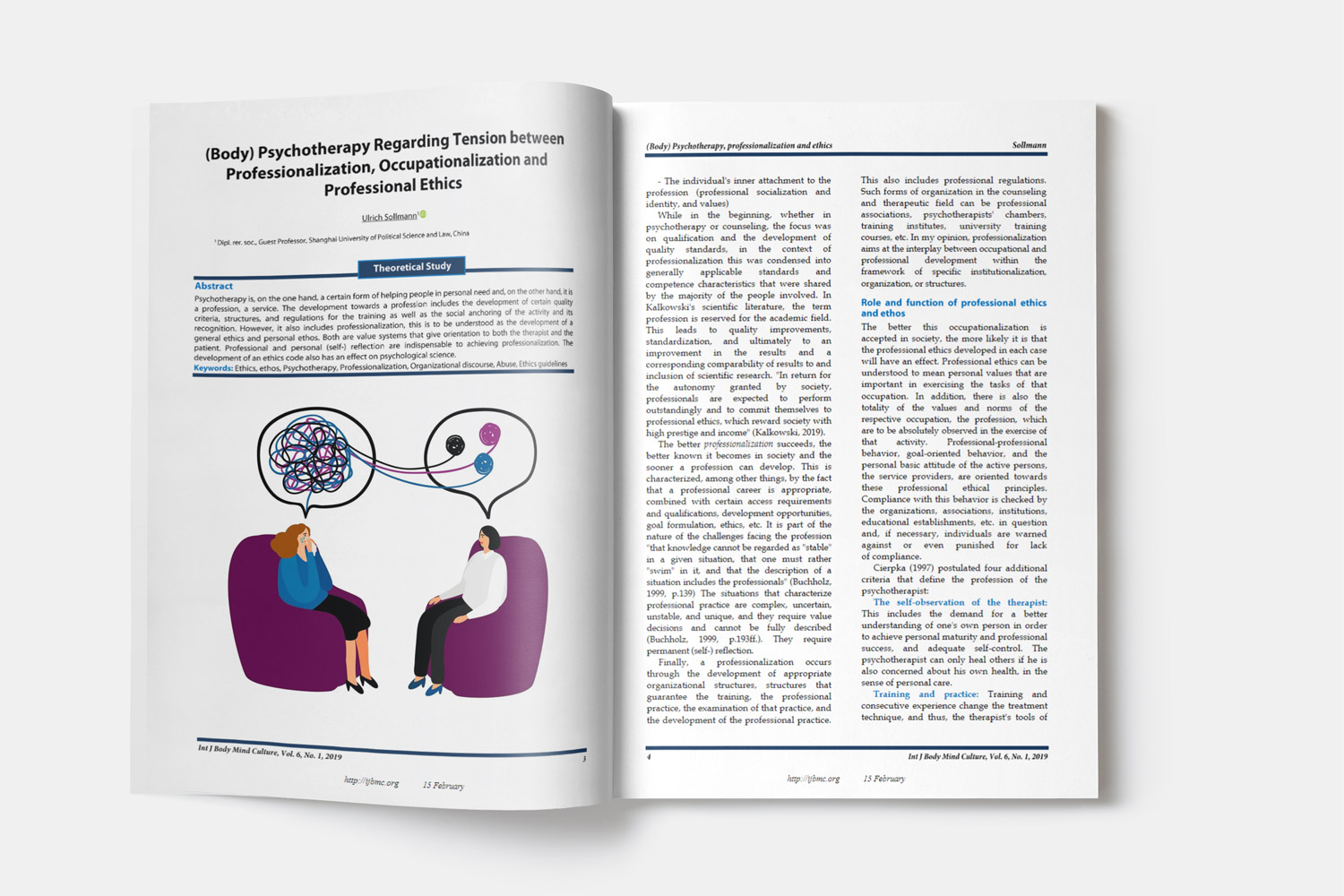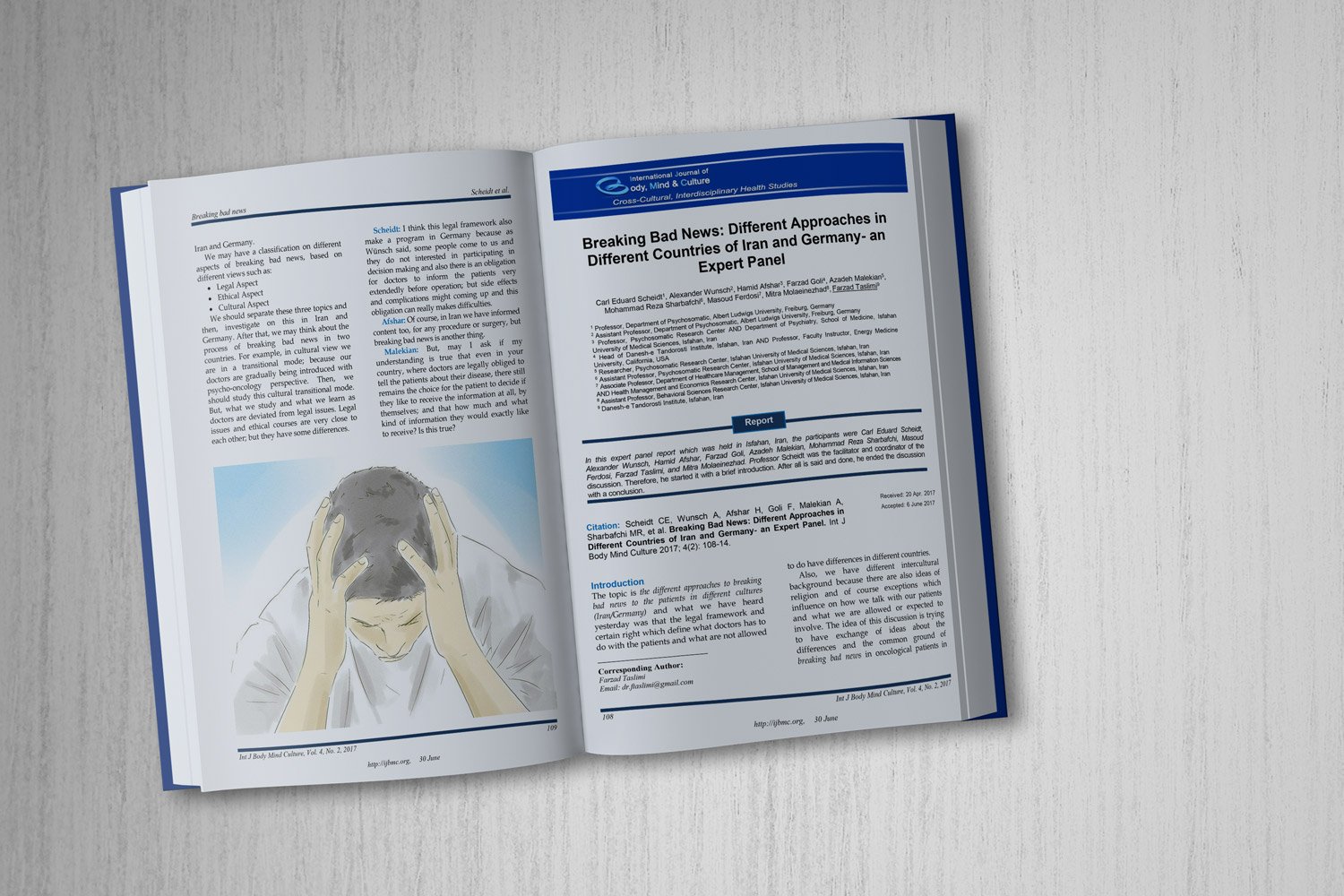Predicting Suicidality in Patients Attempting Suicide Based on Narrative Psychology Findings
Predicting suicidality based on narrative psychology findings
Downloads
Background: The present research was conducted with the aim to predict suicidality in patients attempting suicide based on narrative psychology findings.
Methods: The present qualitative study is a descriptive phenomenology research done to clarify and analyze the experiences of patients who had attempted suicide in 2020. The statistical population included all male and female patients hospitalized in all medical centers of Tehran, Iran, due to suicide attempt. The objective-oriented method was used for sampling. The semi-structured interview (in an individual and face-to-face manner) was selected as the central approach to data collection.
Results: After interviewing 13 individuals, the different elements related to the research goal were extracted. By analyzing the object-relational data of the research, the 3 elements of traditional gender patterns (patriarchy, dogmatism, and domestic violence), deprivation, and labeling were extracted.
Conclusion: It can be concluded that traditional gender patterns (patriarchy, dogmatism, and domestic violence), deprivation, and labeling were the most prevalent reasons for suicide in these patients. Therefore, suicide can be reduced in society through interventions and provision of appropriate educational programs according to the culture of each district.
Downloads
Baca-Garcia, E., Perez-Rodriguez, M. M., Oquendo, M. A., Keyes, K. M., Hasin, D. S., Grant, B. F. et al. (2011). Estimating risk for suicide attempt: are we asking the right questions? Passive suicidal ideation as a marker for suicidal behavior. J Affect.Disord, 134(1-3), 327-332. doi:S0165-0327(11)00358-2 [pii];10.1016/j.jad.2011.06.026 [doi]. Retrieved from PM:21784532
Bakhtar, M., & Rezaeian, M. (2017). The prevalence of suicide thoughts and attempted suicide plus their risk factors among Iranian students: A systematic review study. Rafsanjan Univ Med Scis, 15(11), 1061-1076.
Brener, N. D., Krug, E. G., & Simon, T. R. (2000). Trends in suicide ideation and suicidal behavior among high school students in the United States, 1991-1997. Suicide.Life Threat.Behav, 30(4), 304-312. Retrieved from PM:11210056
Clayton, D., & Barcel, A. (1999). The cost of suicide mortality in New Brunswick, 1996. Chronic Dis Can., 20(2), 89-95. Retrieved from PM:10455041
Donath, C., Bergmann, M. C., Kliem, S., Hillemacher, T., & Baier, D. (2019). Epidemiology of suicidal ideation, suicide attempts, and direct self-injurious behavior in adolescents with a migration background: a representative study. BMC Pediatr, 19(1), 45. doi:10.1186/s12887-019-1404-z [pii];1404 [pii];10.1186/s12887-019-1404-z [doi]. Retrieved from PM:30709395
Fassberg, M. M., van Orden, K. A., Duberstein, P., Erlangsen, A., Lapierre, S., Bodner, E. et al. (2012). A systematic review of social factors and suicidal behavior in older adulthood. Int J Environ.Res Public Health, 9(3), 722-745. doi:ijerph9030722 [pii];ijerph-09-00722 [pii];10.3390/ijerph9030722 [doi]. Retrieved from PM:22690159
Hafezi, R., & Akbari, S. Prevalence of Suicide and prevention strategies in Khorramabad County in 2011. Proceedings of the 2nd National Conference of Silent Invasion; 2011 May 18; Khorramabad, Iran.
Hajivandi, A., Akbarzadeh, F., & Janghorbani, M (2014). Epidemiology of suicide in province of Bushehr in 2009. J Health Sys Res, 9(11), 1252-1261.
Hintikka, J., Pesonen, T., Saarinen, P., Tanskanen, A., Lehtonen, J., & Viinamaki, H. (2001). Suicidal ideation in the Finnish general population. A 12-month follow-up study. Soc Psychiatry Psychiatr.Epidemiol, 36(12), 590-594. doi:10.1007/s127-001-8198-x [doi]. Retrieved from PM:11838830
Jayervand, H. (2018). Comparison of the effectiveness of dialectic behavioral therapy and monotheistic integrated psychotherapy on reducing suicidal thoughts and expression change in suicidal persons. J Ilam Univ Med Sci, 25(5), 91-99.
Khadem Rezaiyan, M., Jarahi, L., Moharreri, F., Afshari, R., Motamedalshariati, S. M., Okhravi, N. et al. (2017). Epidemiology of suicide attempts in Khorasan Razavi Province, 2014-2015. Iran J Epidemiol, 13(2), 128-135.
Khazaei, H. E. & Parvizifard, A. (2003). Demographic characteristics and mental state evaluation of attempted suicide victims In Tabriz In 2001. Behbood J, 7(3), 42-51.
La Harpe R. (1995). Suicide in the Geneva canton (1971-1990). An analysis of the forensic medicine autopsy sample. Arch Kriminol., 195(3-4), 65-74. Retrieved from PM:7778969
Levi-Belz, Y., Dichter, N., & Zerach, G. (2022). Moral Injury and Suicide Ideation Among Israeli Combat Veterans: The Contribution of Self-Forgiveness and Perceived Social Support. J Interpers.Violence, 37(1-2), NP1031-NP1057. doi:10.1177/0886260520920865 [doi]. Retrieved from PM:32410491
Rezaeian, M. (2013). Suicide prevention in developing countries: a prioritized requirement issue. J Health Sys Res, 9(5), 441-448. Retrieved from http://hsr.mui.ac.ir/article-1-641-en.html
Nojomi, M., Malakouti, S. K., Bolhari, J., & Poshtmashhadi, M. (2007). A predictor model for suicide attempt: evidence from a population-based study. Arch Iran Med, 10(4), 452-458. doi:007 [pii]. Retrieved from PM:17903049
Swahn, M. H., Palmier, J. B., Kasirye, R., & Yao, H. (2012). Correlates of suicide ideation and attempt among youth living in the slums of Kampala. Int J Environ.Res Public Health, 9(2), 596-609. doi:ijerph9020596 [pii];ijerph-09-00596 [pii];10.3390/ijerph9020596 [doi]. Retrieved from PM:22470312
van der Feltz-Cornelis CM, Sarchiapone, M., Postuvan, V., Volker, D., Roskar, S., Grum, A. T. et al. (2011). Best practice elements of multilevel suicide prevention strategies: a review of systematic reviews. Crisis., 32(6), 319-333. doi:T727415132845581 [pii];cri_32_6_319 [pii];10.1027/0227-5910/a000109 [doi]. Retrieved from PM:21945840
Vijayakumar, L., John, S., Pirkis, J., & Whiteford, H. (2005). Suicide in developing countries (2): risk factors. Crisis., 26(3), 112-119. doi:10.1027/0227-5910.26.3.112 [doi]. Retrieved from PM:16276753
Vijayakumar, L., Nagaraj, K., Pirkis, J., & Whiteford, H. (2005). Suicide in developing countries (1): frequency, distribution, and association with socioeconomic indicators. Crisis., 26(3), 104-111. doi:10.1027/0227-5910.26.3.104 [doi]. Retrieved from PM:16276752
Windfuhr, K., & Kapur, N. (2011). International perspectives on the epidemiology and aetiology of suicide and self-harm. In R.C. O'Connor, S. Platt, & J. Gordon (Eds.), International handbook of suicide prevention: Research, policy and practice (pp. 27-57). Hoboken, NJ, US: Wiley Blackwell.
Copyright (c) 2023 International Journal of Body, Mind and Culture

This work is licensed under a Creative Commons Attribution-NonCommercial 4.0 International License.















